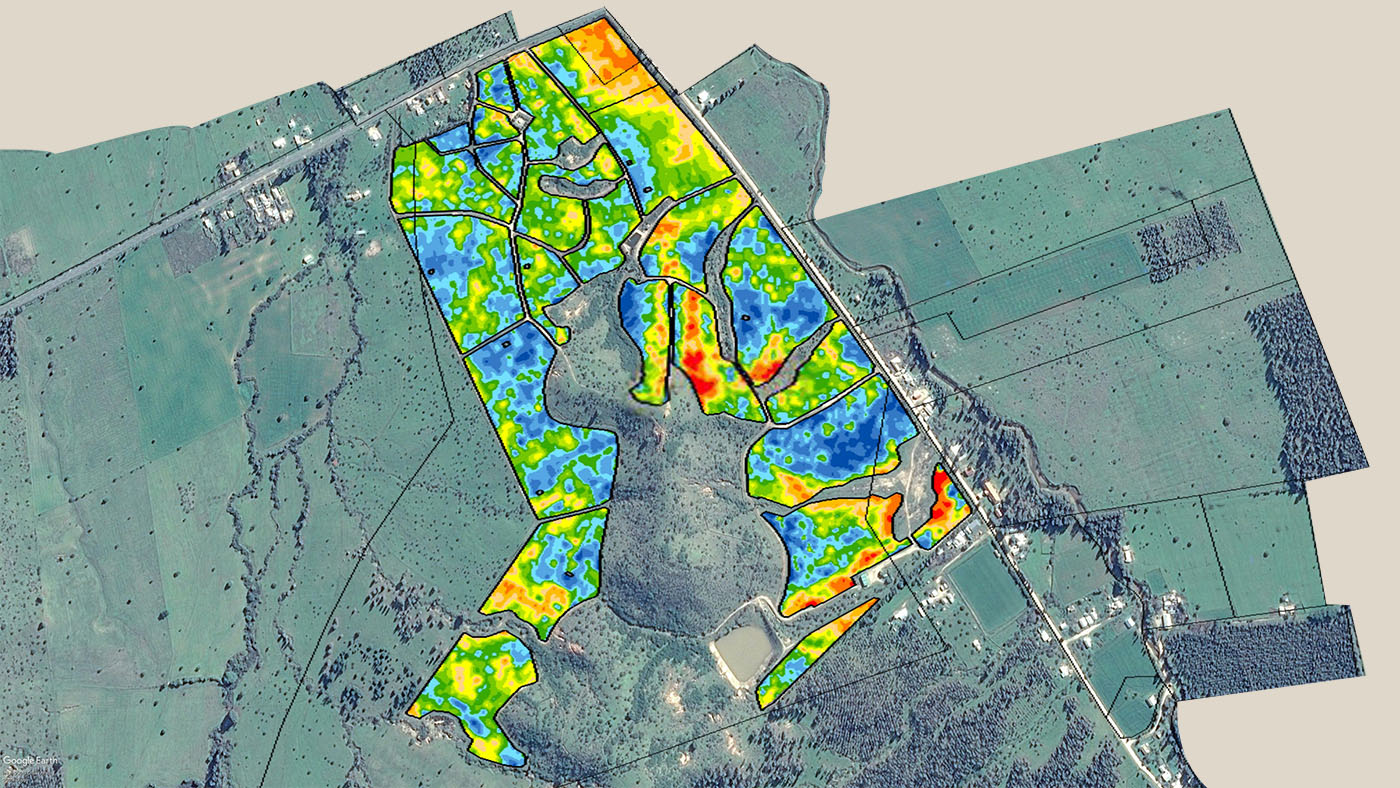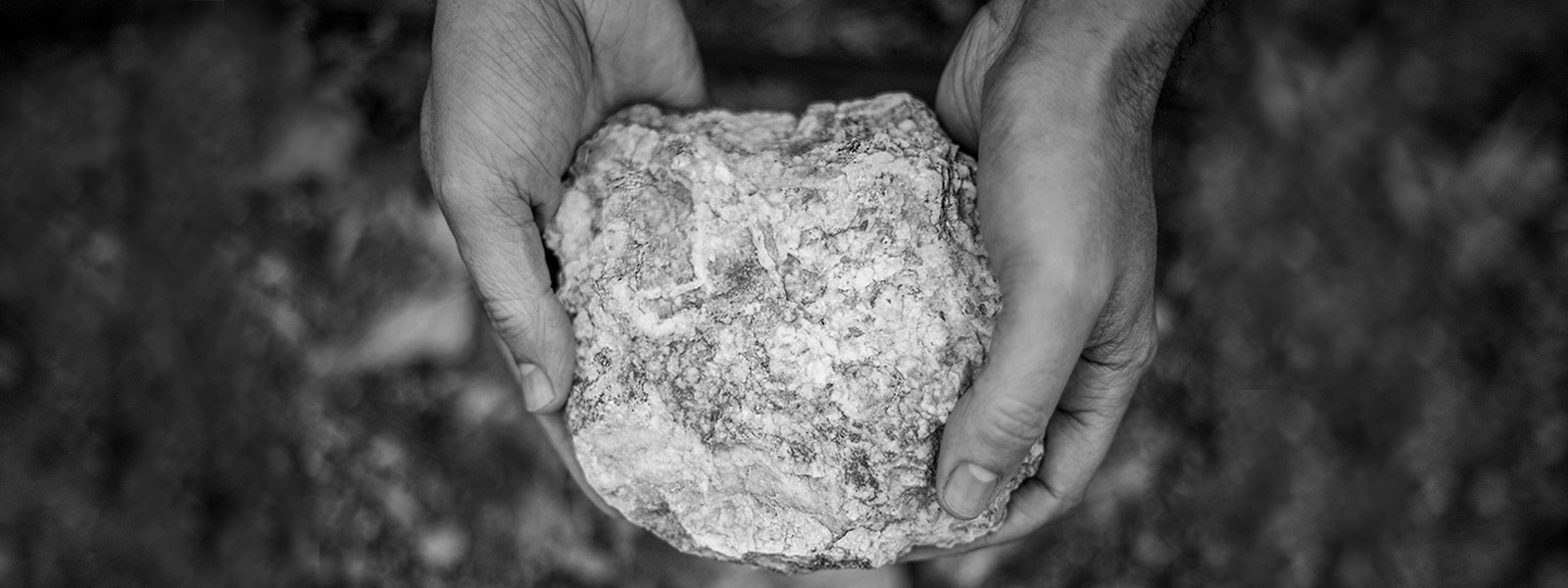What is Terroir?
Terroir is the relationship between soil, climate, biodiversity, and the human hand, which results in wines that express the unique character of their place of origin.
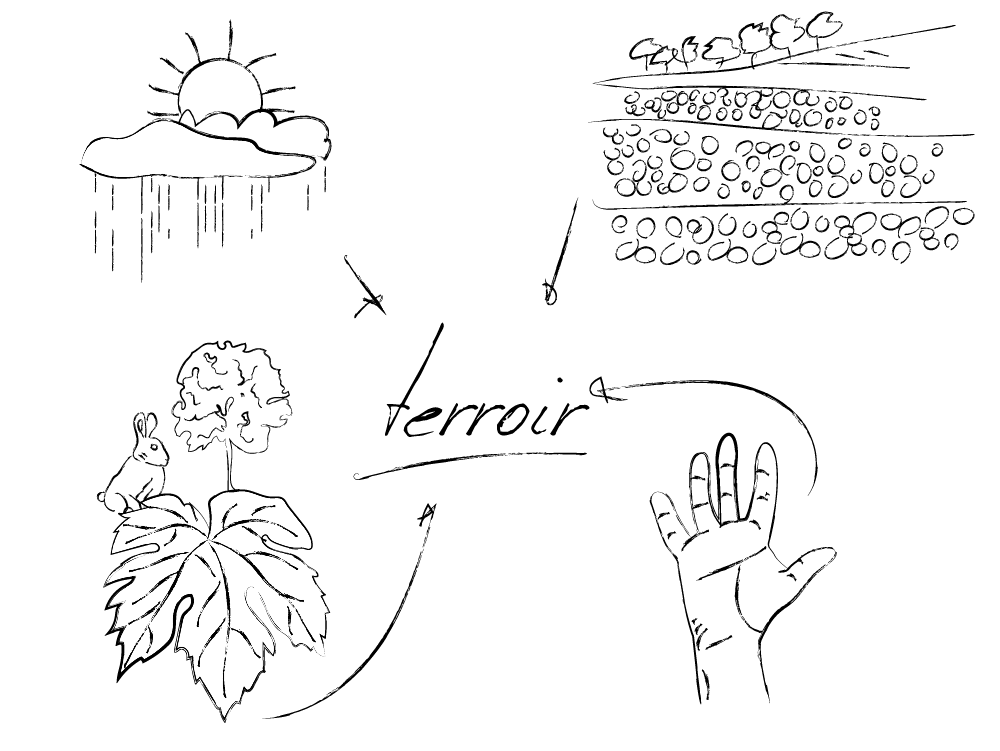
Terroir Pumanque-Colchagua
Located in the Colchagua Costa Denomination of Origin, which includes the areas of Pumanque, Lolol, Paredones, and Litueche.
The Pumanque Vineyard, in the area of the same name, is located 227 kilometers (141 miles) southwest of Santiago and 46 kilometers (28.5 miles) west of the city of Santa Cruz.
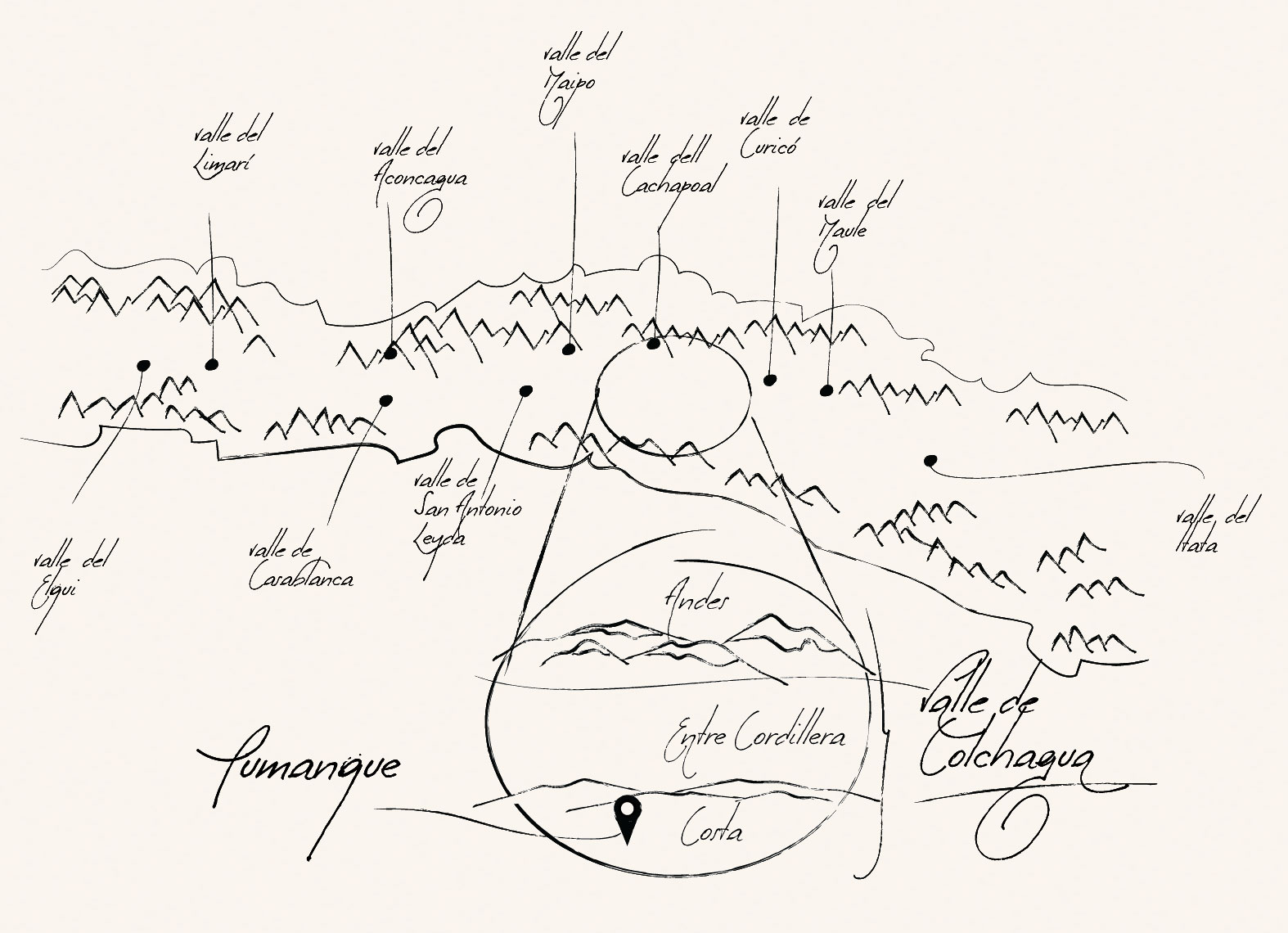
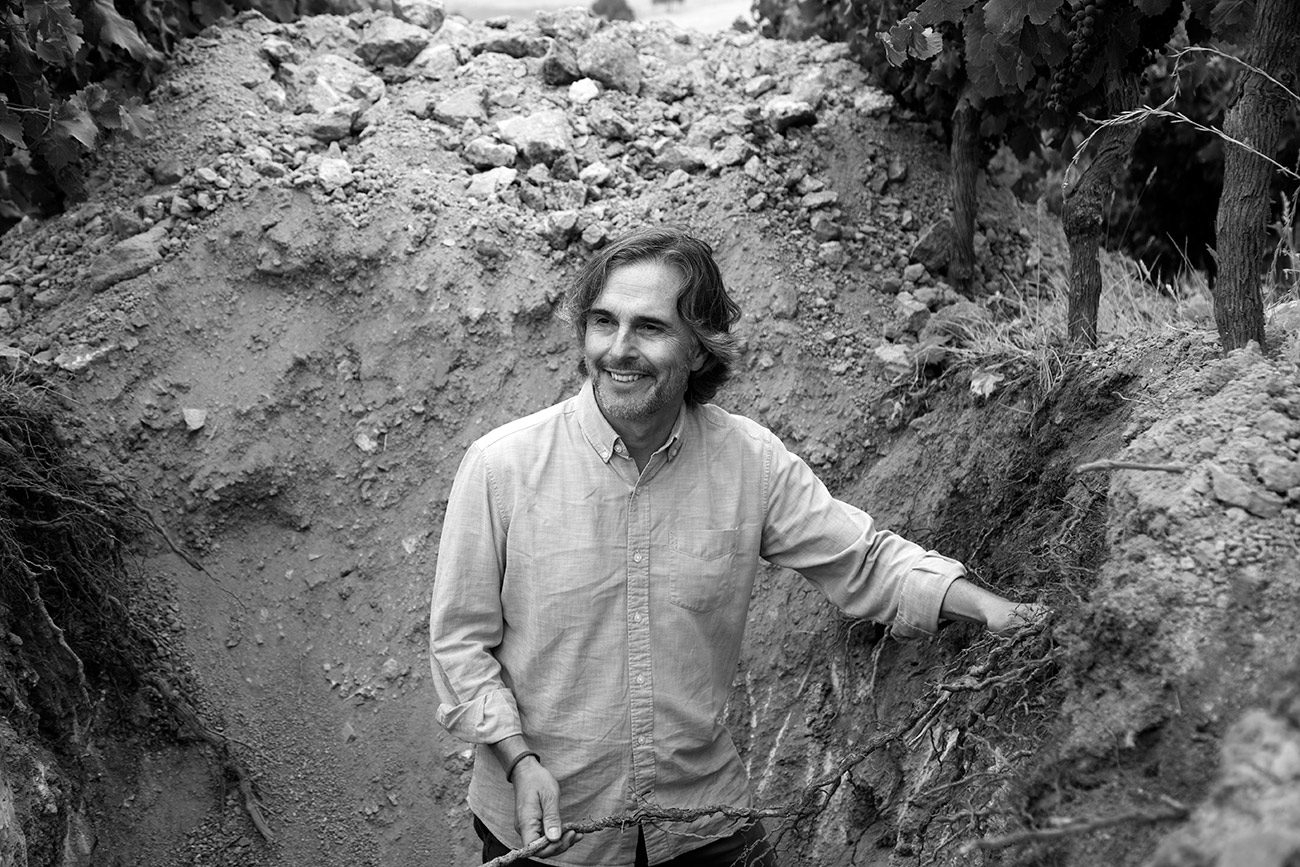
The soil is granitic, which is a crystalline igneous rock that is formed under conditions of extreme heat and pressure far below the surface. This action fused different components such as quartz and mica that were then pushed toward the surface of the earth. Over time, some of those rocks have eroded and given rise to granitic soils.
This type of soil lends the wines elegant mineral and saline characteristics as well as good acidity. This means that our property in Pumanque enables us to produce grapes that give rise to world-class wines on a par with those grown on the granitic soils of Côtes du Rhône in France and Galicia and La Rioja in Spain.
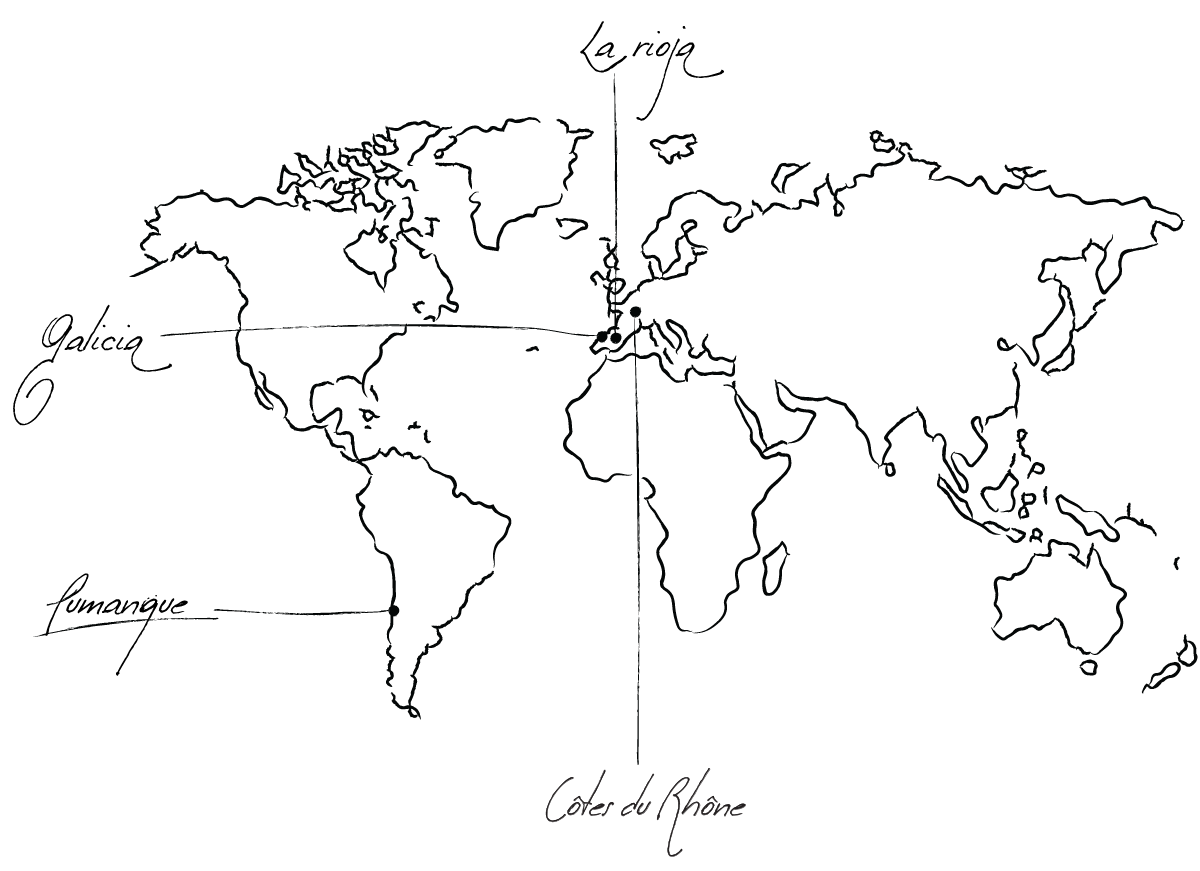
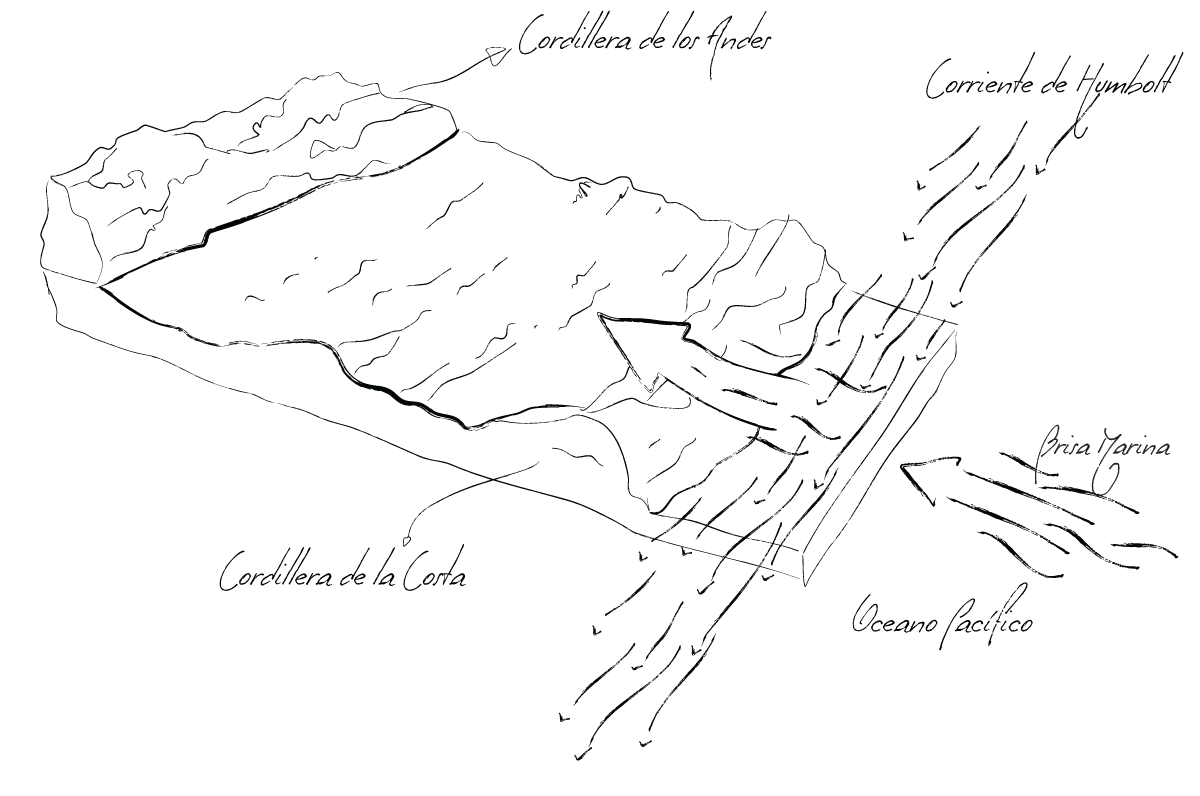
Pumanque has a temperate Mediterranean climate with cold, rainy winters and temperate, dry summers.
The Pacific Ocean’s cold Humboldt Current off the coast of Colchagua generates cool breezes that moderate the temperatures in the vineyards and allow the grapes to ripen slowly, which ultimately gives rise to very fresh wines with greater fruit intensity and good acidity.
The broad oscillation (20ºC/ 36ºF) between daytime and nighttime temperatures enables the grapes to achieve a tremendous accumulation of polyphenols, which is responsible for the intense color and structure of our wines. The average maximum temperature in the summer is 29ºC (84ºF) and the minimum is 9ºC (48ºF). Annual precipitation is 450 mm (17.7 in).
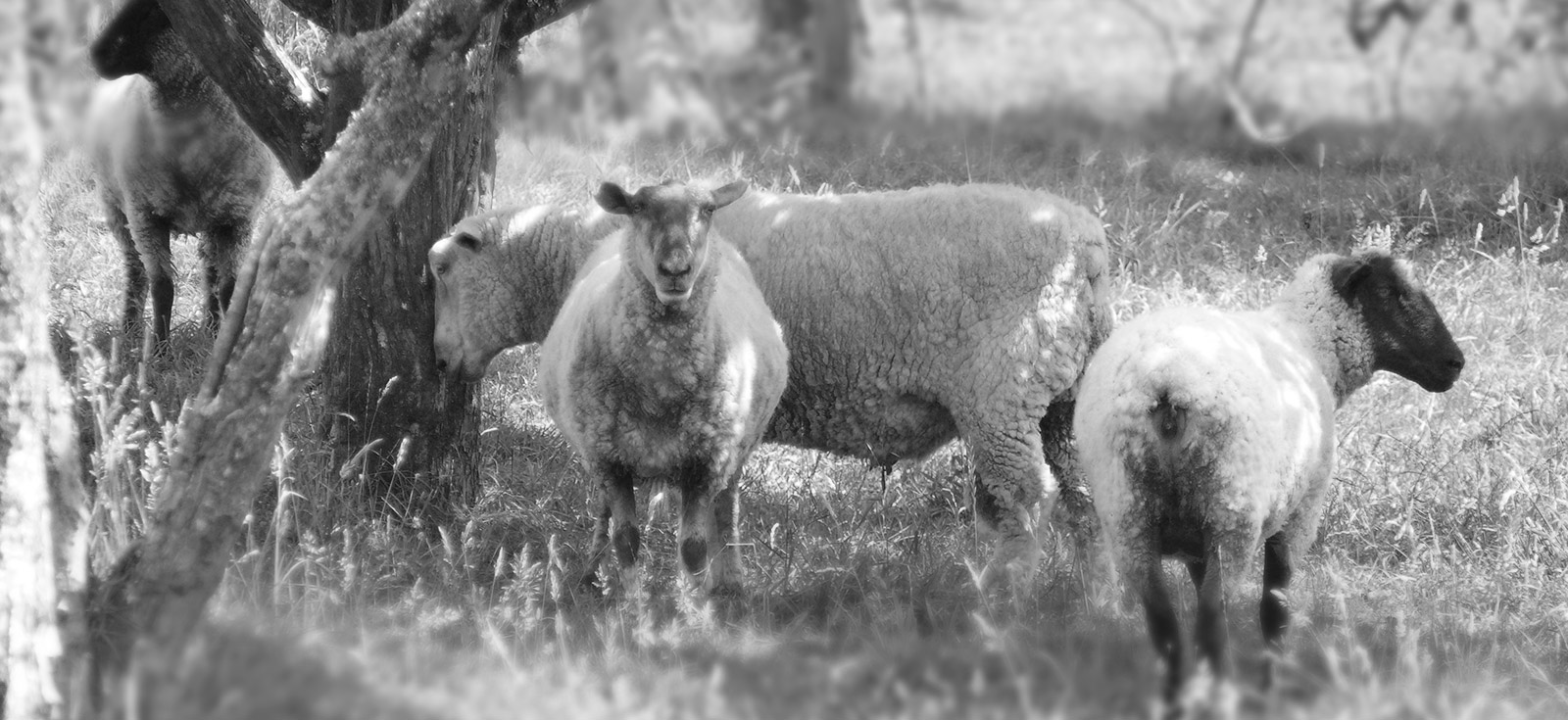
For us, it is essential that the harmony that our wines express be reflected in the respectful interaction with and balance between the many lifeforms that coexist in our vineyard. We are committed to sustainability in the vineyard and to the existence of the plants, animals, and microorganisms that inhabit our property.
Our work in the vineyard aims to enhance its unique characteristics to achieve wines that express their maximum character.
-Water: The vineyards are drip irrigated in the spring and summer using water from subterranean aquifers as well as from our tank that accumulates rainfall over the winter.
Irrigations are infrequent, yet of long duration to encourage the roots to grow downward in search of water. This enables optimal absorption of nutrients, encouraging the longevity of the plants and quality of the grapes.
-Characterizing and Differentiating the Soils
We conducted a soil differentiation study by measuring its electromagnetic conductivity (EMC) and then complemented the results by digging soil pits in each of the resulting differentiated sectors. This study is reflected on a map that shows us the different soil types through different colors. Red and yellow indicate soils with a higher stone content and/or greater compaction, which give rise to wines with greater structure and firmer tannins. The green and blue sectors indicate a lower stone content and looser soils that enable greater root penetration. These soils produce more linear wines with smoother, more elegant tannins. By vinifying in small lots from each of the different sectors, we are able to obtain wines with different characteristics that allow us to select the best of our vineyard and improve the quality of our wines year after year.
